Top 10 Strangest Things in Space
Top 10 Strangest Things in Space
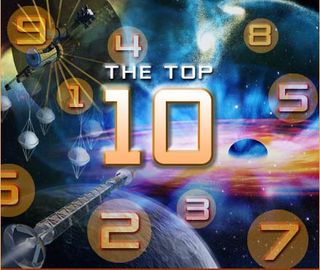
The universe is a weird place. Here's a look at some of the strangest things in the cosmos.
Antimatter
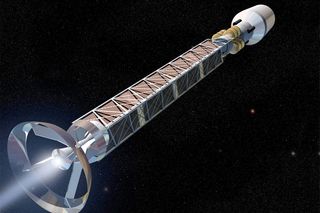
Like Superman's alter-ego, Bizzaro, the particles making up normal matter also have opposite versions of themselves. An electron has a negative charge, for example, but its antimatter equivalent, the positron, is positive. Matter and antimatter annihilate each other when they collide and their mass is converted into pure energy by Einstein's equation E=mc2. Some futuristic spacecraft designs incorporate anti-matter engines.
Mini-Black Holes
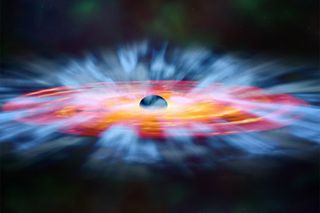
If a radical new "braneworld" theory of gravity is correct, then scattered throughout our solar system are thousands of tiny black holes, each about the size of an atomic nucleus. Unlike their larger brethren, these mini-black holes are primordial leftovers from the Big Bang and affect space-time differently because of their close association with a fifth dimension.
Cosmic Microwave Background
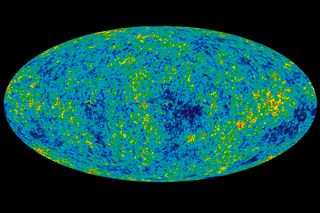
Also known as the CMB, this radiation is a primordial leftover from the Big Bang that birthed the universe. It was first detected during the 1960s as a radio noise that seemed to emanate from everywhere in space. The CMB is regarded as one of the best pieces of evidence for the theoretical Big Bang. Recent precise measurements by the WMAP project place the CMB temperature at -455 degrees Fahrenheit (-270 Celsius).
Dark Matter
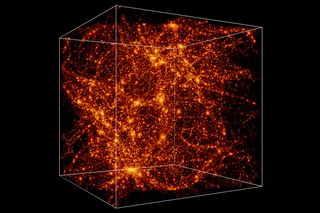
Scientists think it makes up the bulk of matter in the universe, but it can neither be seen nor detected directly using current technologies. Candidates range from light-weight neutrinos to invisible black holes. Some scientists question whether dark matter is even real, and suggest that the mysteries it was conjured to solve could be explained by a better understanding of gravity.
Exoplanets
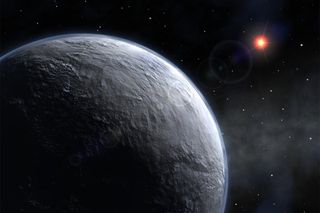
Until about the early 1990s, the only known planets in the universe were the familiar ones in our solar system. Astronomers have since identified more than 500 extrasolar planets (as of November 2010). They range from gargantuan gas worlds whose masses are just shy of being stars to small, rocky ones orbiting dim, red dwarfs. Searches for a second Earth, however, are still ongoing. Astronomers generally believe that better technology is likely to eventually reveal worlds similar to our own.
Gravity Waves
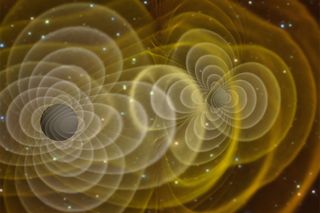
Gravity waves are distortions in the fabric of space-time predicted by Albert Einstein's theory of general relativity. The gravitational waves travel at the speed of light, but they are so weak that scientists expect to detect only those created during colossal cosmic events, such as black hole mergers like the one shown above. LIGO and LISA are two detectors designed to spot the elusive waves.
Galactic Cannibalism
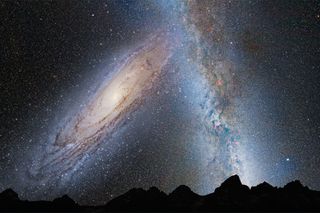
Like life on Earth, galaxies can "eat" each other and evolve over time. The Milky Way's neighbor, Andromeda, is currently dining on one of its satellites. More than a dozen star clusters are scattered throughout Andromeda, the cosmic remains of past meals. The image above is from a simulation of Andromeda and our galaxy colliding, an event that will take place in about 3 billion years.
Neutrinos
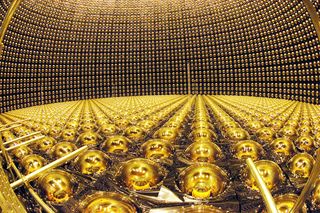
Neutrinos are electrically neutral, virtually mass-less elementary particles that can pass through miles of lead unhindered. Some are passing through your body as you read this. These "phantom" particles are produced in the inner fires of burning, healthy stars as well as in the supernova explosions of dying stars. Detectors are being embedded underground, beneath the sea, or into a large chunk of ice as part of IceCube, a neutrino-detecting project.
Quasars
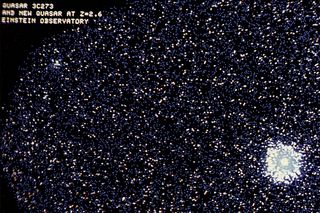
These bright beacons shine to us from the edges of the visible universe and are reminders to scientists of our universe's chaotic infancy. Quasars release more energy than hundreds of galaxies combined. The general consensus is that they aremonstrous black holes in the hearts of distant galaxies. This image is of quasar 3C 273, photographed in 1979.
Vacuum Energy
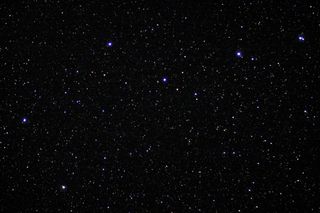
Quantum physics tells us that contrary to appearances, empty space is a bubbling brew of "virtual" subatomic particles that are constantly being created and destroyed. The fleeting particles endow every cubic centimeter of space with a certain energy that, according to general relativity, produces an anti-gravitational force that pushes space apart. Nobody knows what's really causing the accelerated expansion of the universe, however.
Join our Space Forums to keep talking space on the latest missions, night sky and more! And if you have a news tip, correction or comment, let us know at: community@space.com.
Get the Space.com Newsletter
Breaking space news, the latest updates on rocket launches, skywatching events and more!

Space.com is the premier source of space exploration, innovation and astronomy news, chronicling (and celebrating) humanity's ongoing expansion across the final frontier. Originally founded in 1999, Space.com is, and always has been, the passion of writers and editors who are space fans and also trained journalists. Our current news team consists of Editor-in-Chief Tariq Malik; Editor Hanneke Weitering, Senior Space Writer Mike Wall; Senior Writer Meghan Bartels; Senior Writer Chelsea Gohd, Senior Writer Tereza Pultarova and Staff Writer Alexander Cox, focusing on e-commerce. Senior Producer Steve Spaleta oversees our space videos, with Diana Whitcroft as our Social Media Editor.


